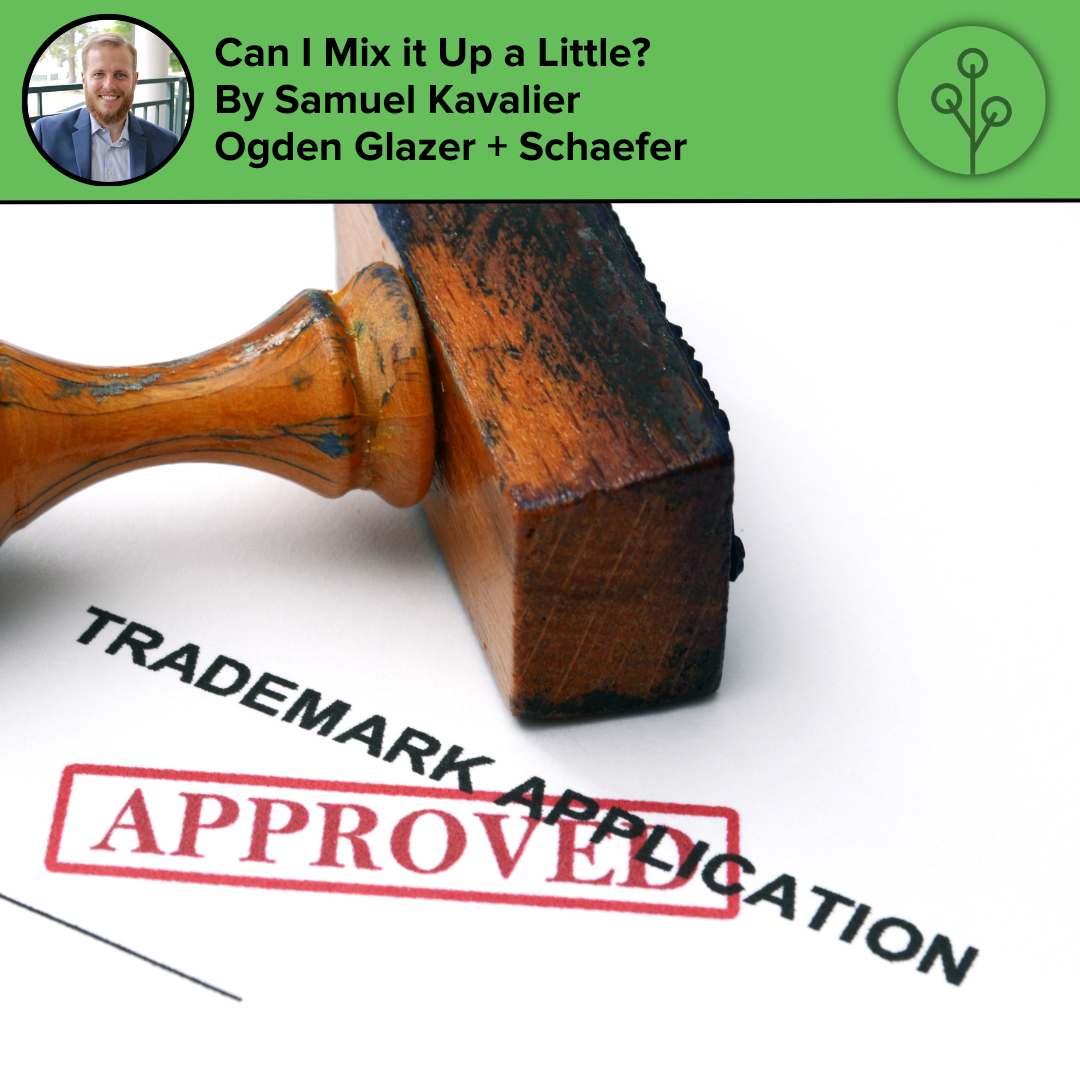For our readers that have gone through the process of developing a trademark, you are aware of how hard it can be to come up with a word or a series of words that best identify your brand and embody the goods or services you offer. Let’s now stretch that mental picture a little further: imagine that you finally settle on a trademark after thinking long and hard, but then discover that there is an identical mark out there already offering similar goods or services (just to make sure we rule out Collin’s solution from last week)? What do you do now? You’ve invested so much energy to come up with this idea for a trademark, so surely there’s an easy fix, right? It depends. Let’s take a look at some common suggestions I hear from clients and their implications.
- Change the Spelling
If NEW BALANCE (yes, totally aware of the dad that I am) becomes NU BALINTS, is that okay? The short answer is “probably not.” The standard in this context is “likelihood of confusion,” which focuses on how likely consumers would be to confuse the new mark with the existing mark. One of the aspects of this standard is considering the commercial impression of each mark (think “what would the average consumer see/think when they see the mark?”) With that in mind, even though the spelling is a little different with each mark in this example, the phonics are identical, and the commercial impression is likely to be about the same, so the “change the spelling” strategy is unlikely to work here.
- Try a New Language
Ok, but what if we take on a multi-lingual approach? What if NEW BALANCE (yes, I’m really committing to this bit) becomes NEUES GLEICHGEWICHT (a pretty rough German translation)? Sorry, aber es geht nicht! The USPTO and courts look both to the foreign language words in a given trademark, as well as their English translations, to determine if there is a likelihood of confusion. Though it is possible to get somewhat clever with foreign language words with multiple reasonable English translations to potentially create a distinct commercial impression, you are likely back to “Square NEW BALANCE” with this stunt, and no closer to registration than when you started.
- Using Different Words
What about swapping out words in the mark for similar ones, such as LATEST EQUILIBRIUM? The short answer is “possibly.” It is really going to boil down to the commercial impression discussion raised earlier. Is it that you can make the argument that consumers are going to see NEW EQUILIBRIUM and think of something completely different than the existing mark, or are they going to see essentially the same thing as the existing mark? If it’s the previous, you have at least a shot. If it’s the latter, you are likely out of luck.
To bring things to a close, there is not always an easy fix when you find yourself in the situation I described where there is a conflict. At the end of the day, the commercial impression question will be the deciding factor. Sometimes you can get to a new commercial impression with a little mixing up of your original idea, and other times you just need to start over with a new idea. Thanks for reading!

